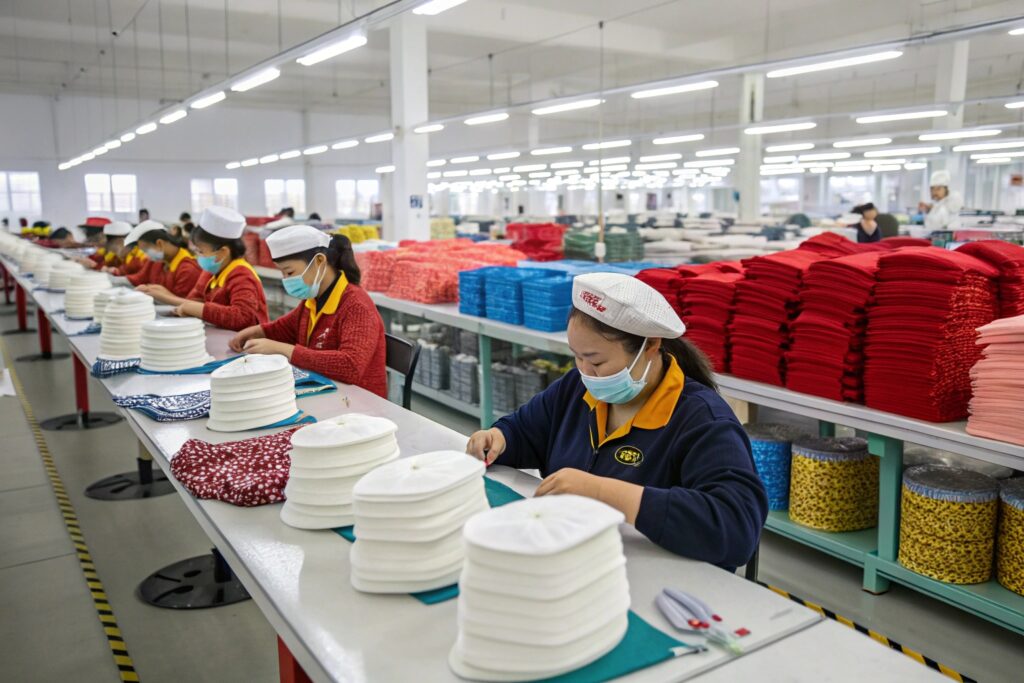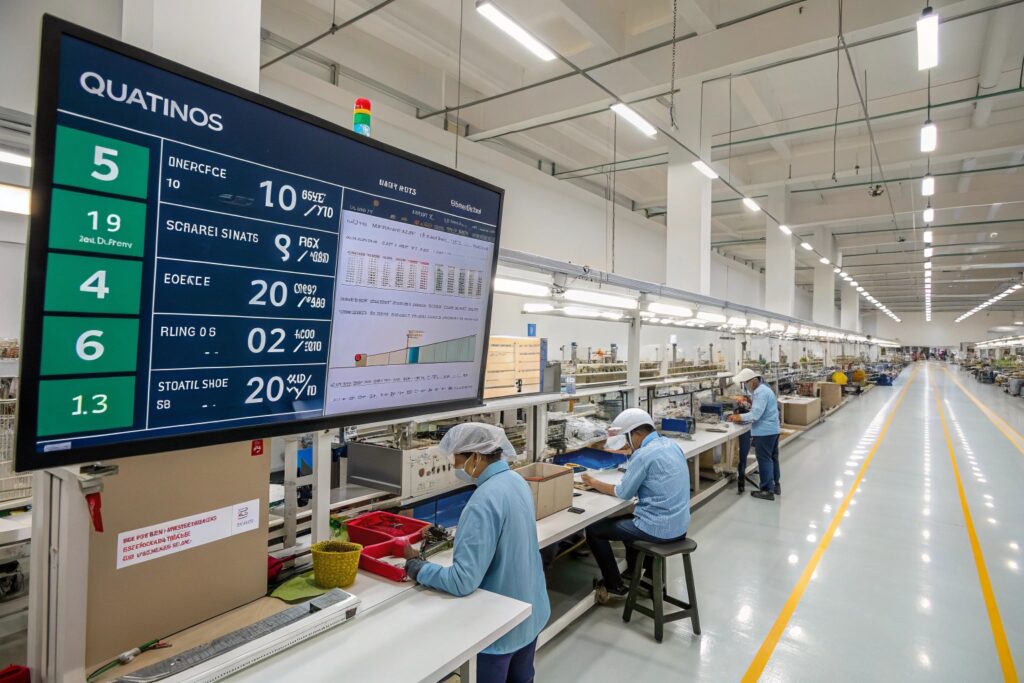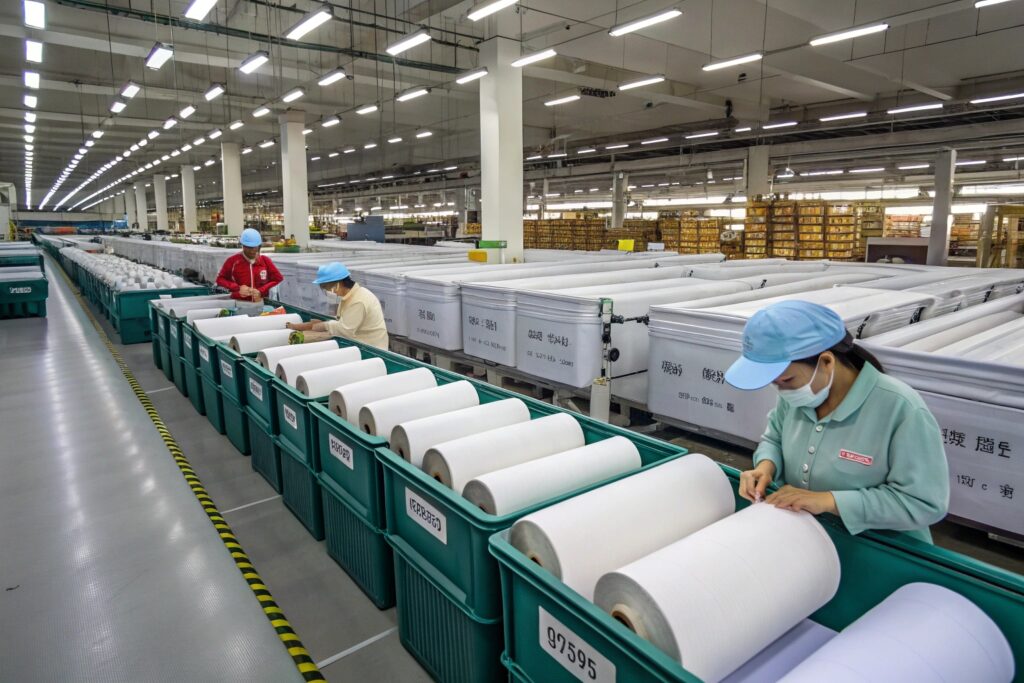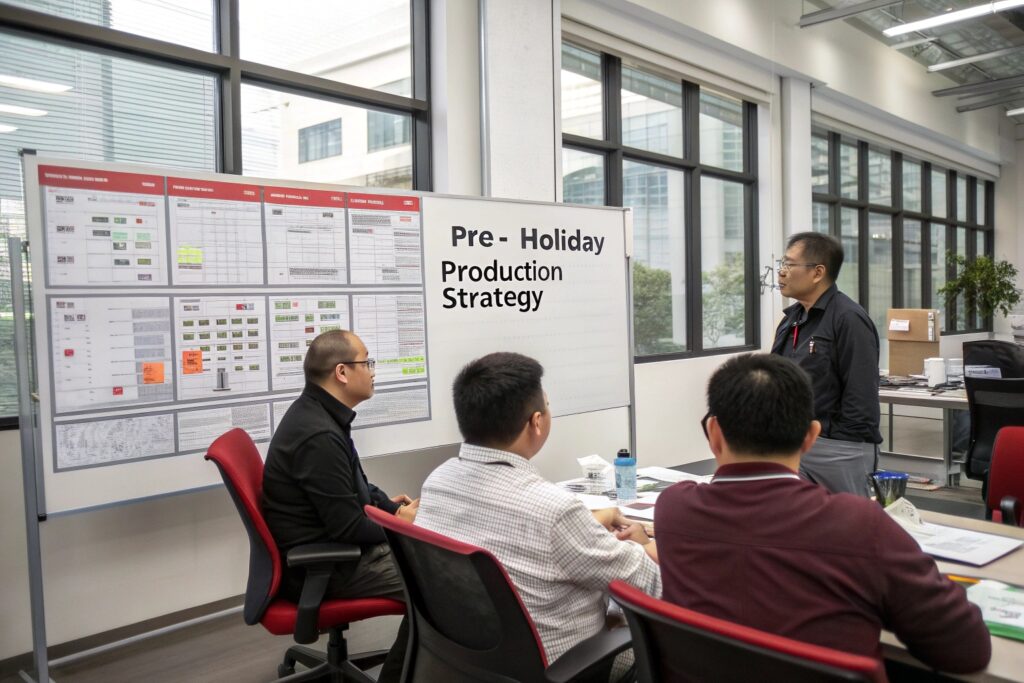Finding the right headband supplier is not just about design or price—it's about whether they can produce on time, at scale. Many brands suffer from delays due to underestimated production capabilities.
To evaluate a headband manufacturer’s production capacity, examine daily output numbers, production line efficiency, scalability metrics, and seasonal adaptability. A reliable factory will offer transparent benchmarks, past order records, and real-time proof of workflow.
As a headband producer myself, I’ve worked with global buyers who’ve scaled their orders from 1,000 to 500,000 units per month. Let’s break down how to vet a supplier’s real output capability.
What Is a Reasonable Daily Output for Headband Factories?
When talking to headband suppliers, you’ll often hear phrases like “fast delivery” or “bulk ready.” But how many headbands can they actually make in a day?
For elastic, fabric, or sports headbands, a mid-to-large-scale factory should produce 10,000–50,000 units per day depending on complexity. Basic styles yield higher numbers, while custom styles take more time.

What Affects Daily Output?
Type of Headband
| Headband Type | Typical Daily Output (Units) |
|---|---|
| Elastic Sports Headband | 40,000–50,000 |
| Scrunchie-Style Headband | 25,000–30,000 |
| Wide Padded Headband | 10,000–15,000 |
| Embroidered Custom Style | 5,000–8,000 |
Number of Production Lines
A factory with 4–6 lines will double or triple output vs. a small studio. Our own factory operates five lines dedicated to different material types.
Machine-to-Labor Ratio
More automation = faster processing. For example, cutting elastic bands with rotary knives is 5x faster than hand-cutting.
How to Confirm These Claims?
Ask your supplier:
- “How many pieces of this exact model did you produce in your last large order?”
- “How long did it take from sample confirmation to full delivery?”
A good factory will provide real case numbers without delay.
How to Verify a Manufacturer’s Production Line Efficiency?
It’s not enough to know daily capacity. You need to know how efficiently that capacity is used. A factory might say they can do 30,000 units—but with poor planning, that means little.
You can check a headband factory’s production efficiency by examining line setup, order scheduling, defect rates, and real-time tracking capabilities.

What Should You Ask or Look For?
1. Lead Time Breakdown
Request how long each phase takes:
- Fabric preparation
- Cutting
- Stitching
- QC & Packaging
Efficient manufacturers can give timelines by production phase, not just total days.
2. Material Coordination
Does the factory have direct access to dyeing, printing, and embroidery units? If yes, this removes supplier delays.
3. Rework Rate & Defect Reporting
An efficient factory has low rework rates (under 3%) and full inspection logs.
| Process Stage | Ideal Time (for 10,000 pcs) | Red Flag Time |
|---|---|---|
| Cutting | <1 Day | >2 Days |
| Sewing | 2–3 Days | >5 Days |
| QC & Packing | 1–1.5 Days | >3 Days |
Ask for photos or videos of the production line. We regularly provide clients with time-stamped process images and output logs.
Key Indicators of Scalable Production for Bulk Headband Orders
It’s one thing to do 20,000 units once. But can the factory handle repeat orders every month, or multiple SKUs at once?
A truly scalable headband manufacturer will show evidence of raw material sourcing capacity, organized production batching, skilled team size, and workflow flexibility.

What Should You Look For?
1. Material Inventory & Forecasting
Can the factory reserve 3x raw fabric volume in advance? Do they use ERP systems for stock alerts?
2. Multi-Order Parallel Processing
Can they handle:
- 10 styles × 1,000 pcs each?
- Or 2 styles × 50,000 pcs each?
If yes, they should have multiple workstations and grouped QC systems.
3. Skilled Workforce with Role Separation
A scalable setup has different teams for:
- Cutting
- Stitching
- QC
- Packing
Each step has checkpoints and team leaders.
| Scalability Feature | What It Proves |
|---|---|
| Forecast Fabric Booking | Material readiness for big orders |
| Parallel Batching Workflow | Can process many SKUs at once |
| QC Station Per Line | Maintains quality even at large volume |
We’ve scaled client orders from 10K to 300K monthly units just by combining parallel production with raw fabric pre-purchasing.
Can the Factory Handle Urgent or Seasonal Volume Increases?
Chinese New Year. Black Friday. Back-to-school. If your factory can’t expand temporarily during these periods, your supply chain will break.
A headband factory’s ability to handle urgent or seasonal spikes depends on team flexibility, overtime structure, and pre-holiday planning systems.

What Questions Should You Ask?
1. Do You Have a Peak Season Plan?
A good supplier knows their busy months and offers forecast-based production slots.
2. Can You Add Temporary Staff or Shifts?
Some factories maintain standby worker pools. Our factory keeps 20+ trained part-time stitchers for such spikes.
3. Can You Pre-produce Materials?
This saves 5–7 days during urgent seasons.
| Scenario | What a Scalable Factory Offers |
|---|---|
| 100K urgent order in 10 days | 3-shift plan + overtime approval |
| Lunar New Year blackout | Pre-produced raw materials + export slots |
| Summer promo from EU clients | Lead time guarantees with buffer days |
Also ask to see past holiday fulfillment reports. We document every pre-CNY order plan and result—and share that with new clients to build trust.
Conclusion
Production capacity is not a guess—it’s a system. If a headband factory can show you their real numbers, process timelines, and flexibility under pressure, you’re in good hands. And if not—move on. Your brand deserves a supplier who delivers, every single time.









